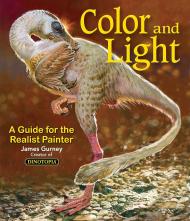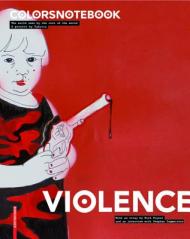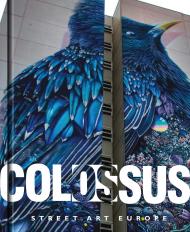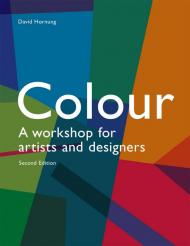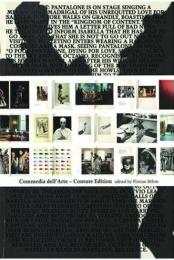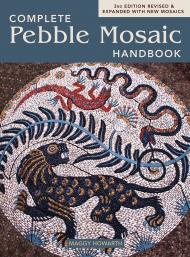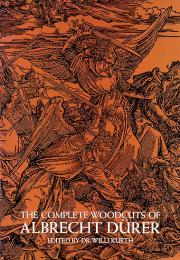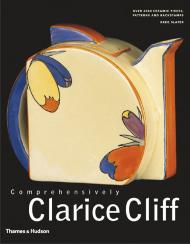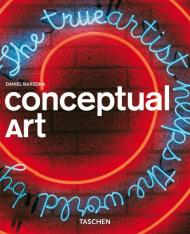James Gurney, New York Times best-selling author and artist of the Dinotopia series, follows Imaginative Realism with his second art-instruction book, Color and Light: A Guide for the Realist Painter.
A researched study on two of art's most fundamental themes, Color and Light bridges the gap between abstract theory and practical knowledge. Beginning with a survey of underappreciated masters who perfected the use of color and light, the book examines how light reveals form, the properties of color and pigments, and the wide variety of atmospheric effects. Gurney cuts though the confusing and contradictory dogma about color, testing it in the light of science and observation. A glossary, pigment index, and bibliography complete what will ultimately become an indispensible tool for any artist.
This book is the second in a series based on his blog, gurneyjourney.com. His first in the series, Imaginative Realism, was widely acclaimed in the fantastical art world, and was ranked the #1 Bestseller on the Amazon list for art instruction.
About the Author:
James Gurney is the author and illustrator of the New York Times bestselling Dinotopia book series. He designed the World of Dinosaurs stamps for the U.S. Postal Service and has worked on over a dozen assignments for National Geographic magazine, painting reconstructions of Moche, Kushite, and Etruscan civilizations. He has won the Hugo, Chesley, Spectrum, and World Fantasy Awards. Solo exhibitions of his artwork have been presented at the Smithsonian Institution, the Norman Rockwell Museum, and currently at the Lyman Allyn Museum of Art. He has recently been named a "Grand Master" by Spectrum Fantastic Arts and a "Living Master" by the Art Renewal Center. His most recent book, Color and Light: A Guide for the Realist Painter, was Amazon's #1 bestselling book on painting for over 100 weeks and is based on his daily blog gurneyjourney.blogspot.com. For more information, visit www.dinotopia.com or www.jamesgurney.com
